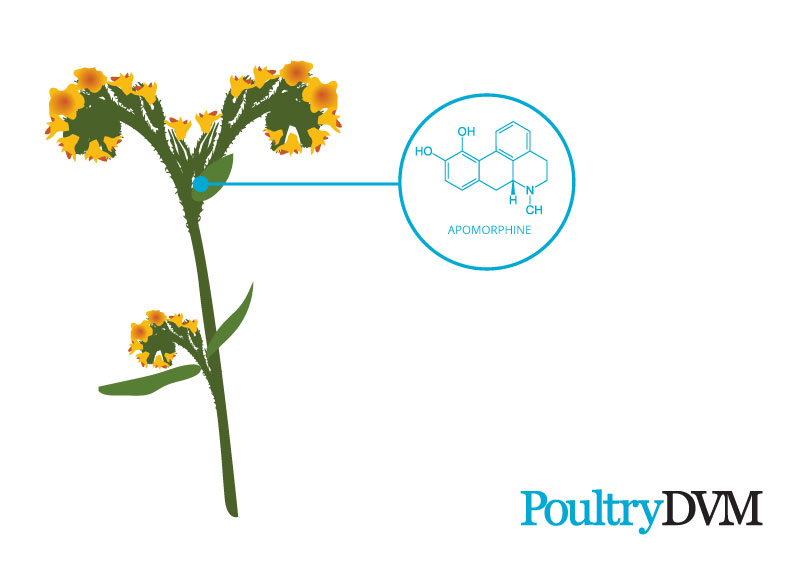Fiddleneck (
Amsinckia menziesii) is an annual flowering plant of the Boraginaceae family.
It is a common wildflower throughout western North America and considered a common weed in parts of Australia. Fiddleneck has coarse, hairy stems and leaves and small yellow-orange or orange flowers that coil up in a cluster like a fiddle’s neck.
Toxic components
All parts of
A. menziesii contains pyrrolizidine alkaloids (PAs), which is toxic to chickens and ducks. If
A. menziesii is ingested over a period of time, it can result in pyrrolizidine alkaloid toxicity, which can lead to liver failure. Clinical signs usually don't become apparent until months or sometimes up to a year following ingestion of the plant. Poultry will not normally consume
A. menziesii unless they have no alternative food source.
